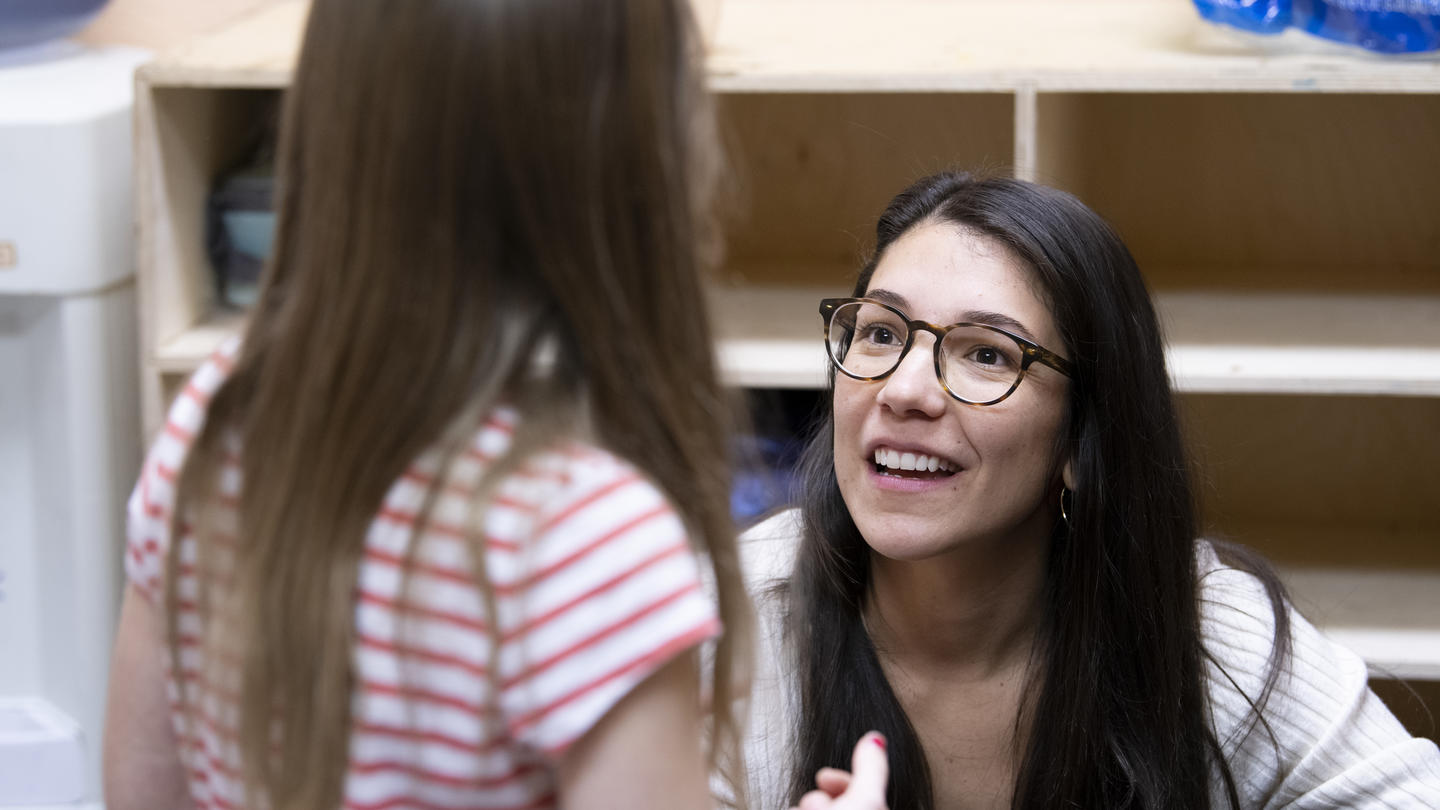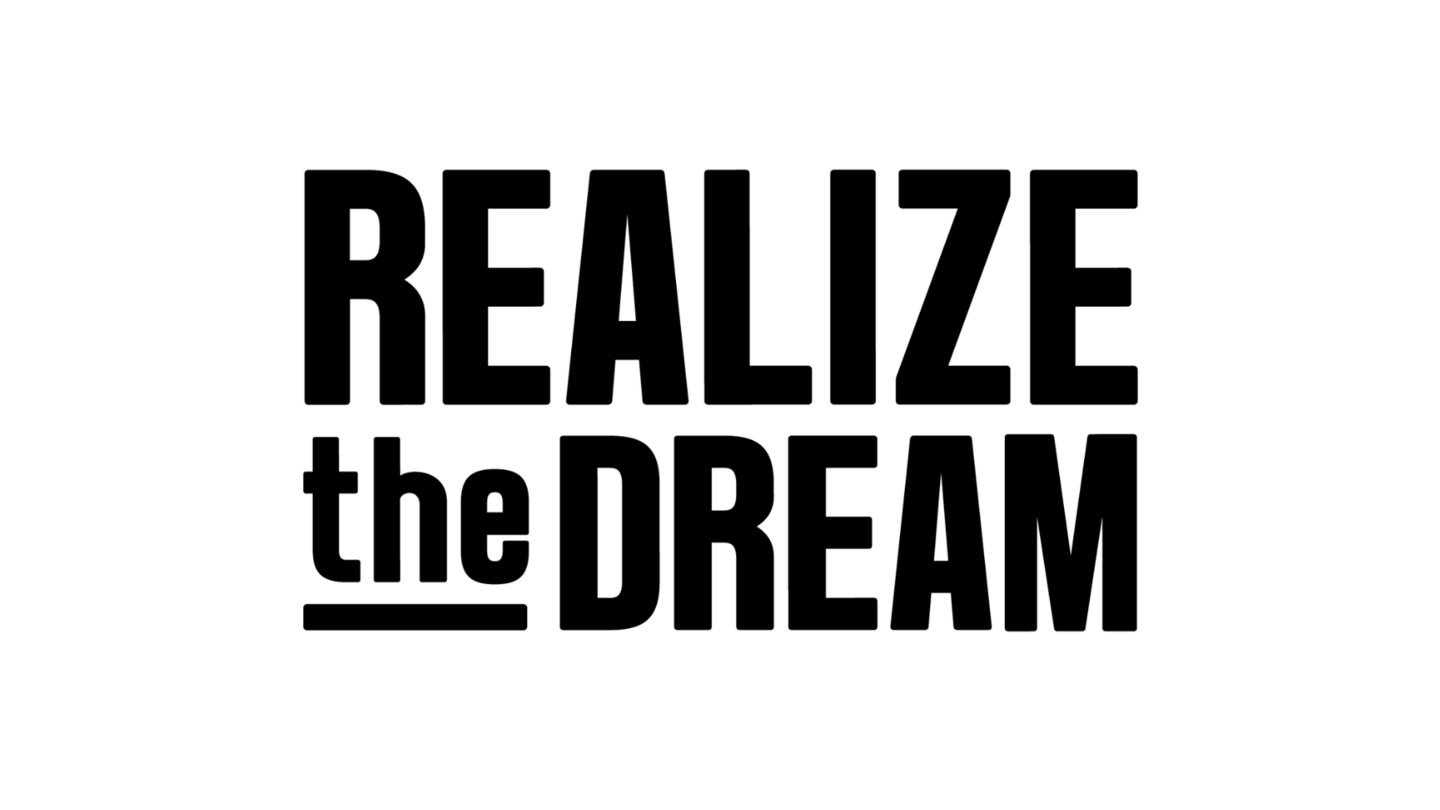Ali Balbaugh was born with a brain defect that affects her learning. Her parents, Steve and Jenny Balbaugh, were intentional about finding a school where Ali could learn and grow.
“I didn’t want her to get lost,” Jenny told The 74.
Yet, the public and private options they explored or placed Ali in fell short of meeting her learning needs. What did work? A small, unconventional school based in an Anglican church.
The school — Streams of Hope Christian School — individualizes plans for every student. In Ali’s case, that looks like using a calculator for math and getting help with writing assignments, for instance. And it’s not just Ali that is benefitting from this sort of program.
“Almost two-thirds of operators say their programs draw students considered neurodivergent,” reports The 74.
That finding comes from a report released by The National Microschooling Center, a Stand Together Trust partner. The 2024 report studies the commonalities and diversity of microschools, drawing upon responses from 400 currently-operating and prospective, pre-launch microschools in 41 states.
Among the report’s findings:
- The median average number of children served is 16 in each microschool.
- More than half, 55 percent, of microschools studied offer full-time weekly schedules, defined as at least four days per week and four hours per day, while 28 percent offer part-time/hybrid schedules, and 17 percent offer families to choose between these.
- For both currently-operating and prospective, pre-launch microschools, Project-Based Learning was the most prevalent factor prioritized in their educational approach, followed by social-emotional learning and self-directed learning.
- Founders identify more children attending microschools as being from households at the average income for their area (48%) or below the average income (40%), than above the average income for their area (12%).
“America’s microschools are a vastly diversified movement in every conceivable way,” explained co-author Don Soifer. “The widely varied educational models are not only appealing to families for their small size and the authentic relationships they foster, but also because of the ways they are able to individualize the teaching and learning they offer around particular needs of the individual children they serve, in ways above and beyond what traditional, larger schools can do.”
Click here to download the report “American Microschools: A Sector Analysis”
***
The National Microschooling Center is supported by Stand Together Trust, which provides funding and strategic capabilities to innovators, scholars, and social entrepreneurs to develop new and better ways to tackle America’s biggest problems.
Learn more about Stand Together’s education efforts.



